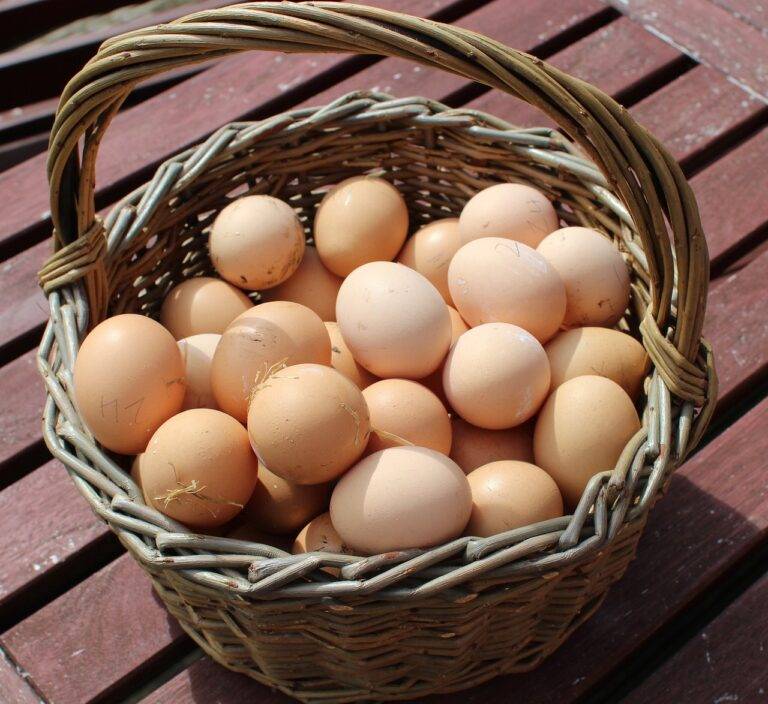Tips for Designing a Zero-Waste Kitchen: Reducing Food Waste at Home
When designing a zero-waste kitchen layout, it is essential to prioritize organization and efficiency. Start by assessing your current kitchen setup and identify areas where waste is commonly generated. Consider implementing designated spaces for recycling, composting, and food scraps to easily separate these materials from general waste. Utilizing clear bins or containers can help visually distinguish different waste categories and encourage proper disposal habits.
Another key aspect of creating a zero-waste kitchen layout is to focus on reducing single-use items and packaging. Opt for reusable containers, jars, and bags for storing food items instead of relying on disposable options. Additionally, consider buying ingredients in bulk to minimize excess packaging waste. By consciously choosing products with minimal packaging and actively reducing single-use items in your kitchen, you can significantly decrease the amount of waste generated on a daily basis.
Utilizing Proper Food Storage Techniques
When it comes to proper food storage techniques, organization is key. Start by sorting items by category and use labels to easily identify contents. Utilize clear containers or mason jars to store pantry items such as grains, nuts, and spices. This not only keeps your kitchen neater but also helps in preventing food waste by keeping ingredients fresh and visible.
Consider investing in stackable bins or baskets to keep your refrigerator and freezer tidy. Store similar items together, such as dairy products or meats, and make sure to check expiration dates regularly. Utilize resealable bags or airtight containers to store leftovers in the fridge, reducing the risk of cross-contamination and preserving flavors. By implementing these simple storage techniques, you can minimize food spoilage and make meal prep more efficient.
Why is proper food storage important?
Proper food storage helps to preserve the freshness and quality of food, prevents food waste, and reduces the risk of foodborne illnesses.
What are some common food storage mistakes to avoid?
Some common food storage mistakes to avoid include storing food at incorrect temperatures, not sealing containers properly, and storing certain foods together that can cause cross-contamination.
How can I organize my kitchen for zero-waste storage?
To create a zero-waste kitchen layout, you can start by using glass or reusable containers for storage, utilizing labels for organization, and implementing a system for rotating perishable items to prevent food waste.
What are some tips for maximizing the shelf life of different types of foods?
Some tips for maximizing the shelf life of different types of foods include storing perishable items in the refrigerator at the appropriate temperature, keeping dry goods in air-tight containers, and freezing foods that you won’t be able to use before they expire.
How can I prevent food spoilage in my kitchen?
To prevent food spoilage in your kitchen, make sure to store foods properly, check expiration dates regularly, and rotate items in your pantry and refrigerator to use the oldest items first.





